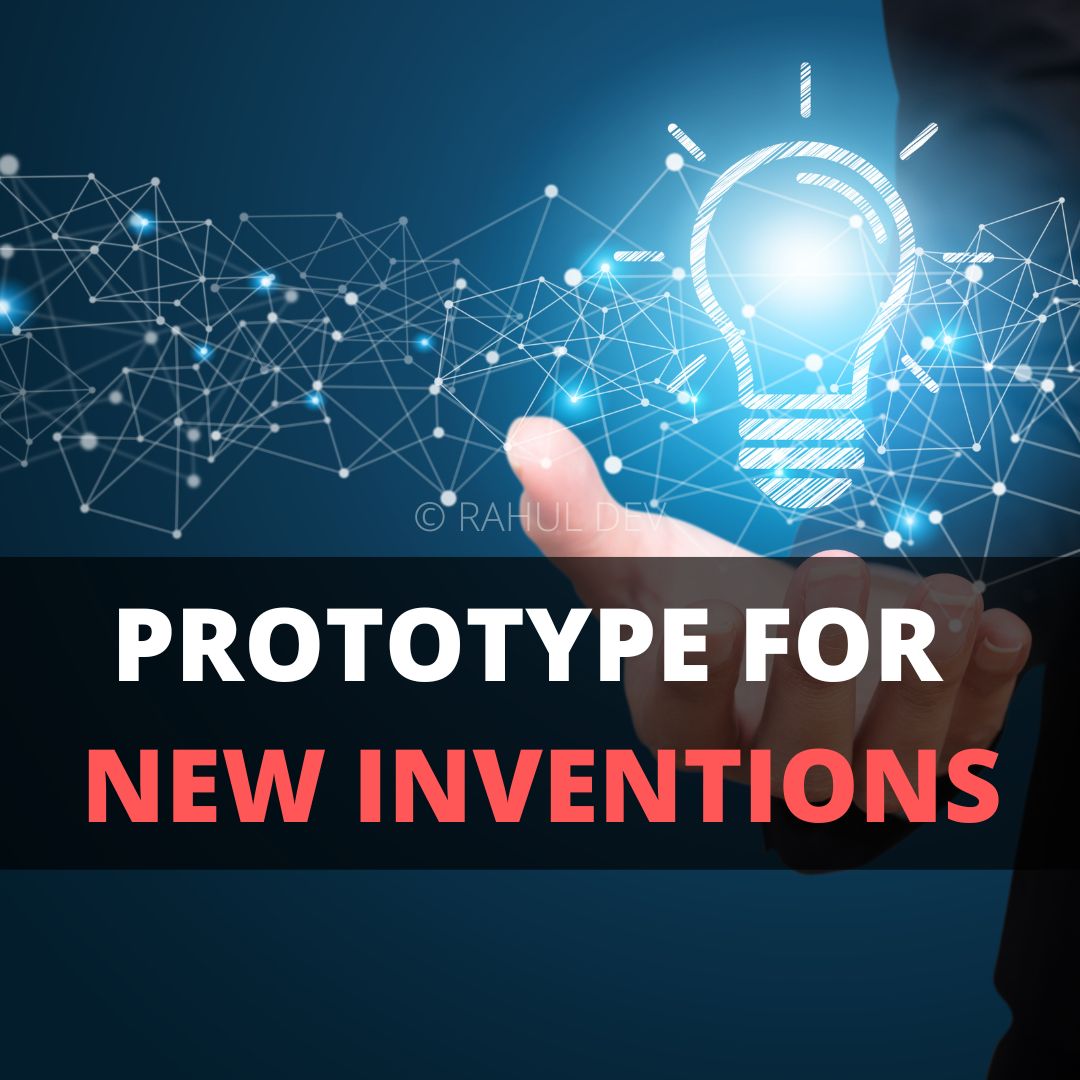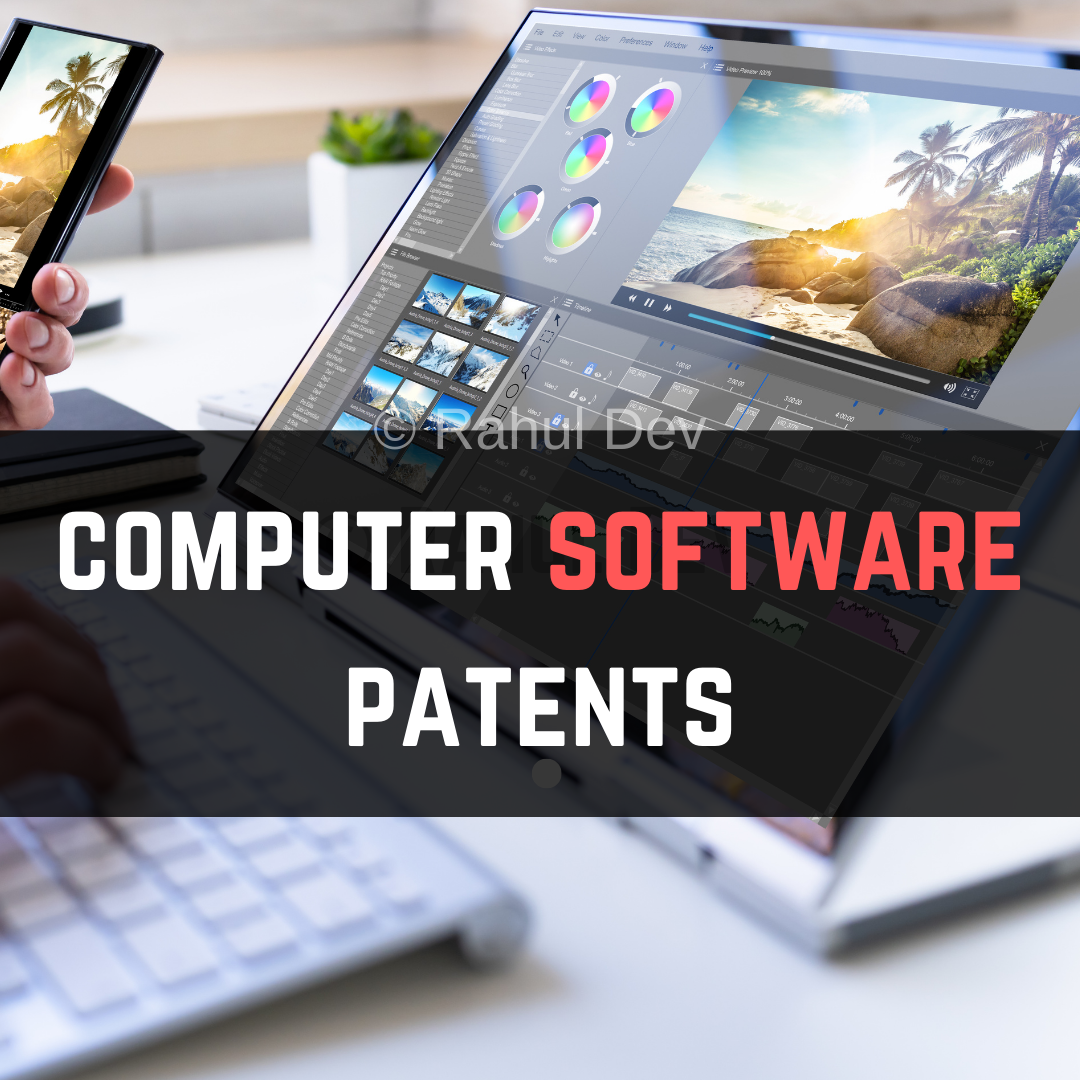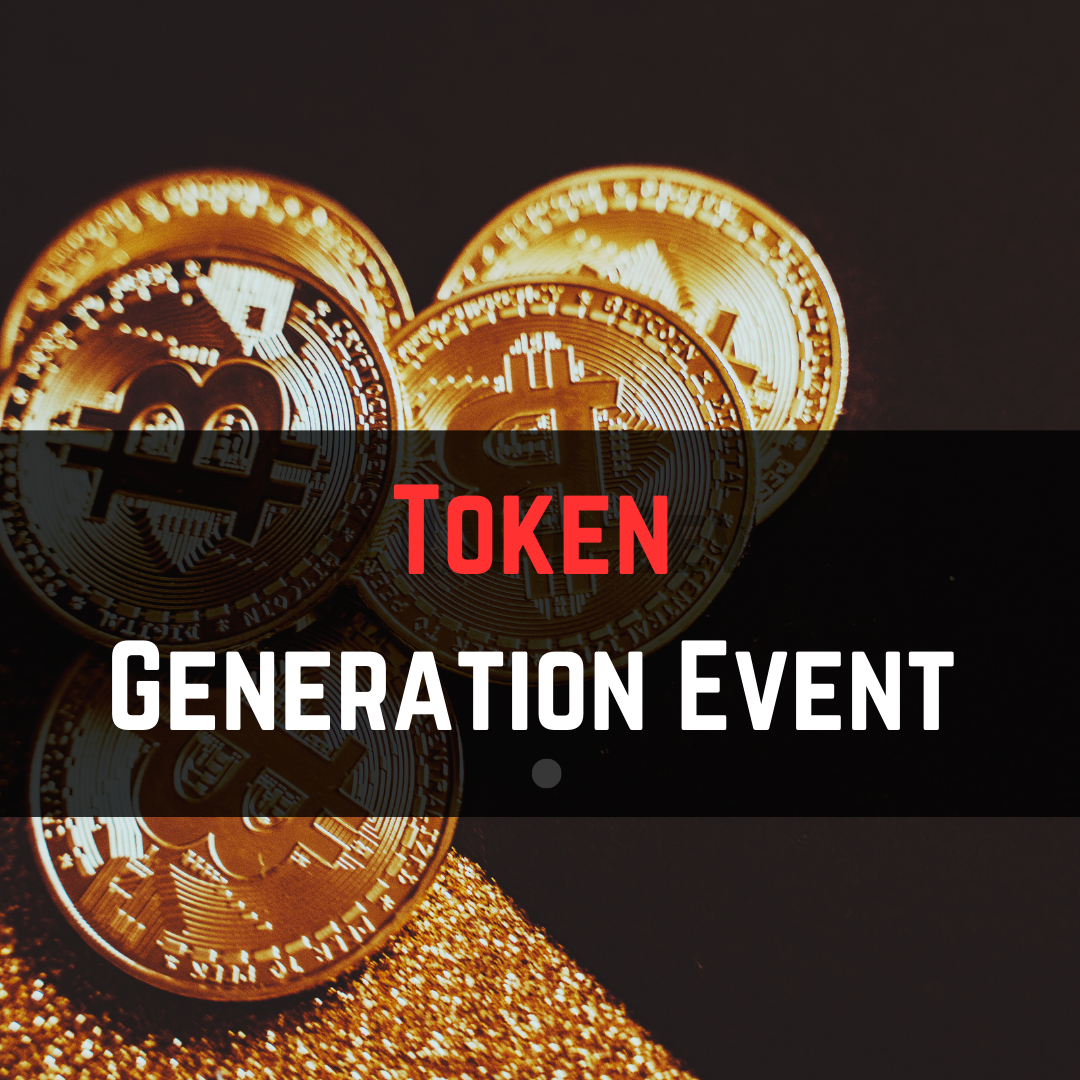The process of creating a Prototype for a new Idea starts with identifying the problem that you want to solve. There are various ways to do this. If you are unsure of what to do, you can always ask your team for help. There are many options that are available, and each option has its own advantages and disadvantages.
A prototype needs to balance cost and utility. It should be affordable to the target market. A product that is incredibly expensive cannot be an exceptional product. In addition, materials in the same category can have drastically different costs. This can lead to cost overruns. Fortunately, there are many ways to make a prototype without breaking the bank.
You can use digital drawing software to create a prototype. This is the first step to developing a working prototype of your idea. A sketch will help you visualize how your product will look and how it will function. A rough prototype should be functional, but does not have to be aesthetically pleasing. The goal is to create something that is as close to the final product as possible.
Creating a working model prototype is a great way to test your idea and see if it has any flaws. These types of prototypes are useful for designs with moving parts or with complex mechanisms. It can also be useful for presenting the product in a graphic way. Some designers use video prototypes to show how their idea would look if it were built.
A low-cost paper prototype can be a good starting point if you are trying to validate your assumptions about the feasibility of your new idea. This type of prototype can be easily made and used for gathering initial feedback from users. As the design process progresses, however, higher-fidelity prototypes will be more suitable.
A prototype can be built in a lab environment or outdoors. A team of people can help you build a prototype. In addition to ensuring that your product is functional, a team can also help you get feedback from multiple individuals. The process of developing a prototype is often cheaper and faster than the actual final product.
High-fidelity prototypes can also be created using software. There are many tools available to help developers prototype their ideas. One such tool is InVision. It allows you to upload a design, add clickable hotspots, and simulate animations and transitions. The software even allows you to test and iterate your prototype.
When building a prototype, consider the user experience. An excellent user experience is key to the success of any new product or service. If you can provide a better experience for your customers, your product may become a market hit.
In addition to the crucial points stated here relating to invention prototyping, the future business models based on blockchain and web 3.0 innovations may regularly need assistance for invention Patent Searching. The results of a patent search report for blockchain and web 3.0 inventions and blockchain and web 3.0 projects can assist in determining if Patent Drafting for blockchain and web 3.0 inventions is the next step for blockchain and web 3.0 International Patent Filing along with blockchain and web 3.0 USPTO Patent Filing. In case of blockchain based business models adapted from new prototypes, utility token Legal Opinion Letters may also be needed for blockchain and web 3.0 projects, along with a set of applicable blockchain and web 3.0 contracts and blockchain and web 3.0 agreements.







